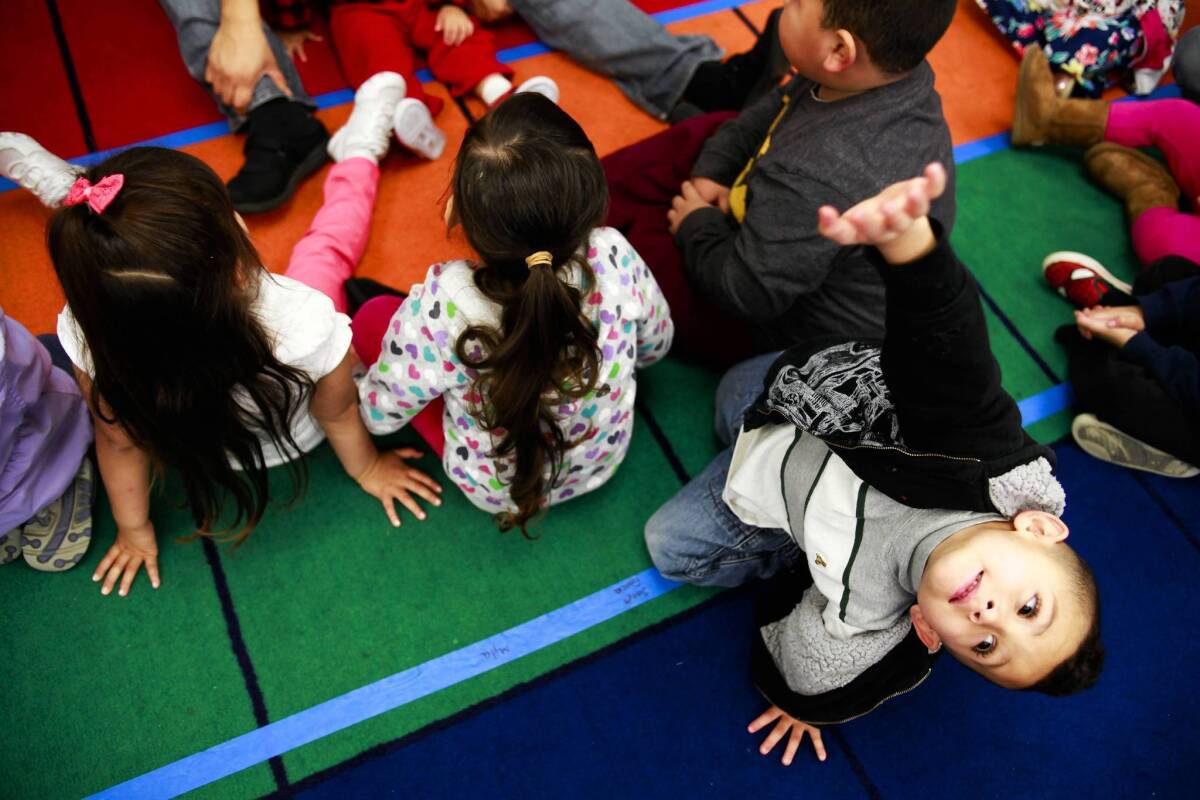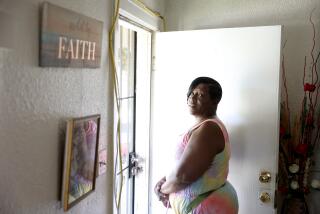11,200 child-care slots in Los Angeles County lost during recession

Los Angeles County lost thousands of licensed child-care spaces during three recession-battered years, jeopardizing the ability of low-income parents to work and give their children an academic head start through early education services, data released Wednesday showed.
The elimination of $1.2 billion in state funds earmarked for early child-care and education programs â resulting in the loss of more than 11,200 spaces between 2008 and 2011â represented the biggest reduction in child-care services in more than six decades, according to the Los Angeles Childrenâs Data Network.
The most severe reductions occurred in low-income communities in south and southwest Los Angeles County, the Antelope Valley, Pomona and sections of the San Gabriel Valley. In contrast, the number of child-care spaces increased in some more affluent communities.
On average, only one in five children under 5 in Los Angeles County had access to needed programs by the end of 2011. The loss of child-care services is likely to set children of the working poor back even further, depriving them of the early education that research shows makes a critical difference in school performance, experts said.
âThe impact is most profound in the poorest communities where children are most in need of these programs,â said Jacquelyn McCroskey, a USC professor of child welfare.
McCroskey said decades of national research has shown that children who attend high quality preschool programs had higher rates of high school graduation and home ownership â and lower rates of placement in special education programs, tobacco use and arrest. Without early exposure to vocabulary and other neurologically stimulating activities, a young childâs brain synapses begin to wither away, she said.
In the hard-hit San Gabriel Valley, child-care providers lamented the loss of dozens of slots.
The Sunshine Educational Center in Rosemead, for instance, has lost about $4,000 in monthly state subsidies to provide early care and educational services to low-income families â forcing it to drop one-third of its 60 state-funded students.
âItâs been devastating for families,â said Amy Leung, the centerâs director.
Some parents, she said, have had to give up working or put off plans to attend school themselves in order to take care of their children. Others have asked relatives or friends to watch their children. But youngsters who stay home often are deprived of rich learning and social environments, Leung said.
At the Sunshine center, walls are decorated with student artwork, writings and math work sheets. In one classroom recently, 2-year-olds were using flashcards to learn colors. The 4-year-olds were doing first-grade work: solving two-digit subtraction problems and constructing sentences.
Through art, dramatic play and other activities, the children also learn critical social skills and creative expression, Leung said. The centerâs largely working-class immigrant parents, most from China, are unable to help their children learn such skills, she said.
At the Akitoi Learning Center in El Monte, Director Ofelia Aguilar said budget cuts have reduced her available full-time, state-subsidized preschool spots from 20 earlier this year to three. Families at her center are primarily low-income Latinos, many of them immigrants.
âThe main concern parents have is how far behind their children will fall,â Aguilar said.
The data were compiled by a team of research and advocacy organizations â including Advancement Project/Healthy City, Best Start L.A., the Child Care Resource Network, First Five L.A., Pathways and the County of Los Angelesâ Office of Child Care. It is searchable online by ZIP Code, city, school district and legislative and congressional districts.
In examining the data, the researchers found that some more economically advantaged areas did not suffer the same reduction in resources. Santa Monica, for instance, gained 424 licensed child-care seats while spaces declined by 566 in Pomona, 462 in Compton and 750 in Willowbrook between 2008 and 2011.
More to Read
Sign up for Essential California
The most important California stories and recommendations in your inbox every morning.
You may occasionally receive promotional content from the Los Angeles Times.











